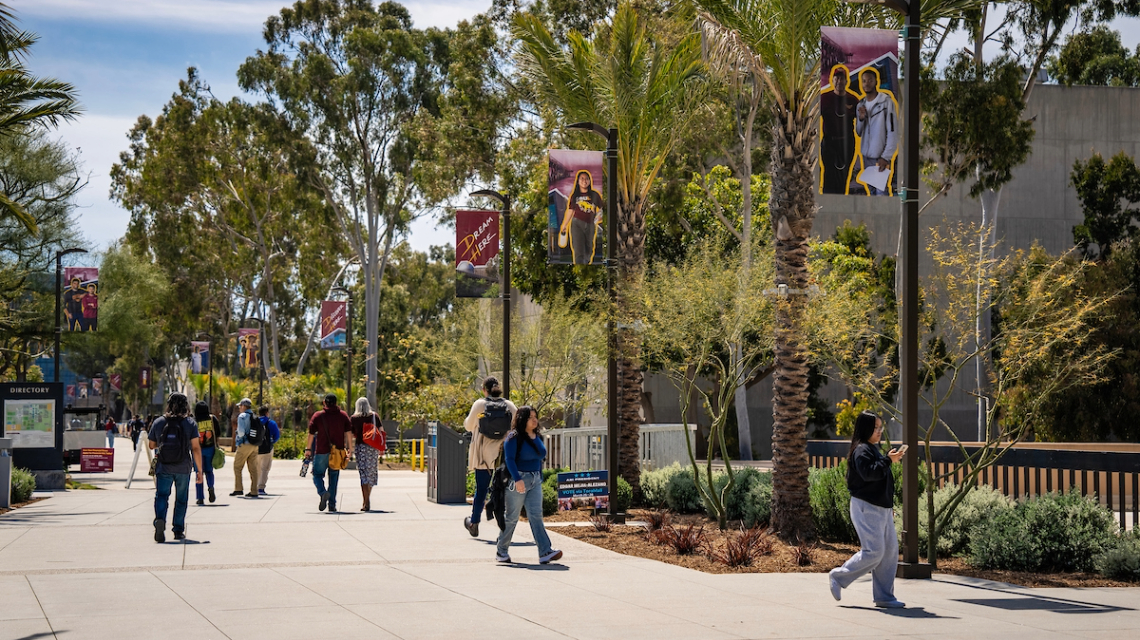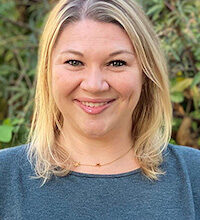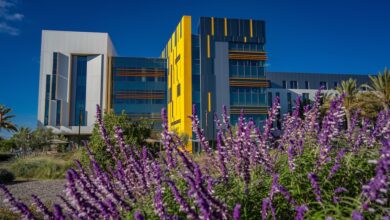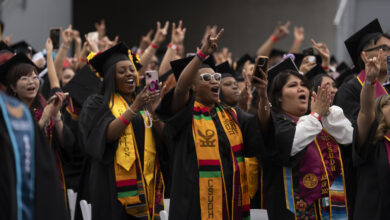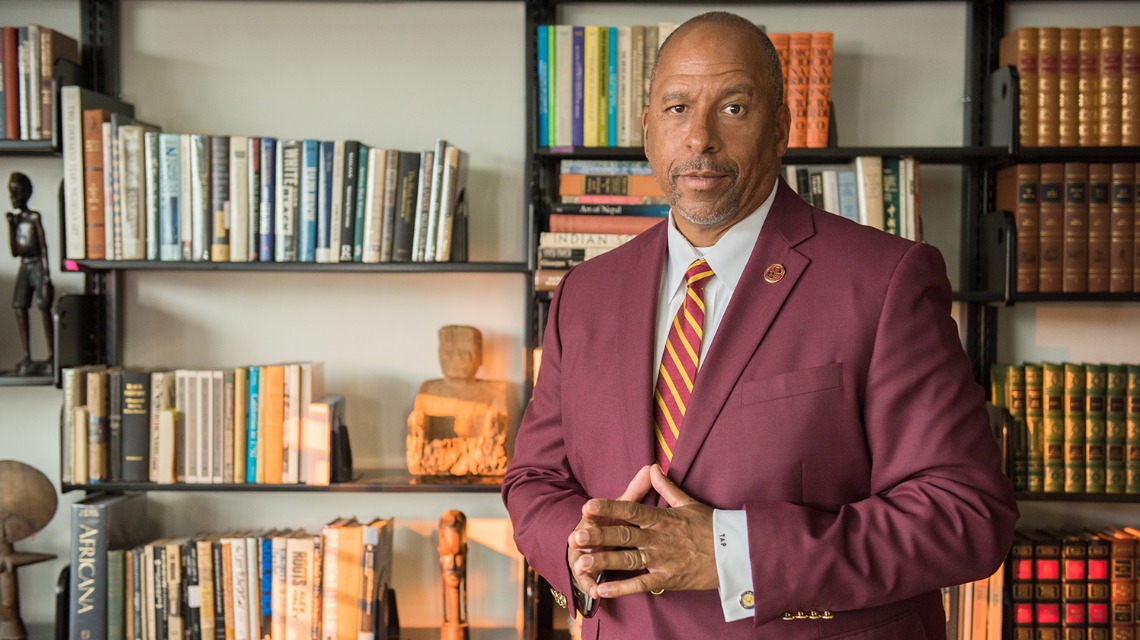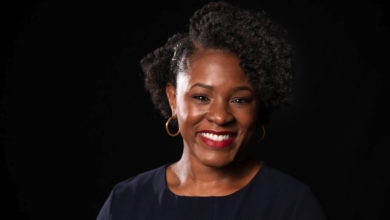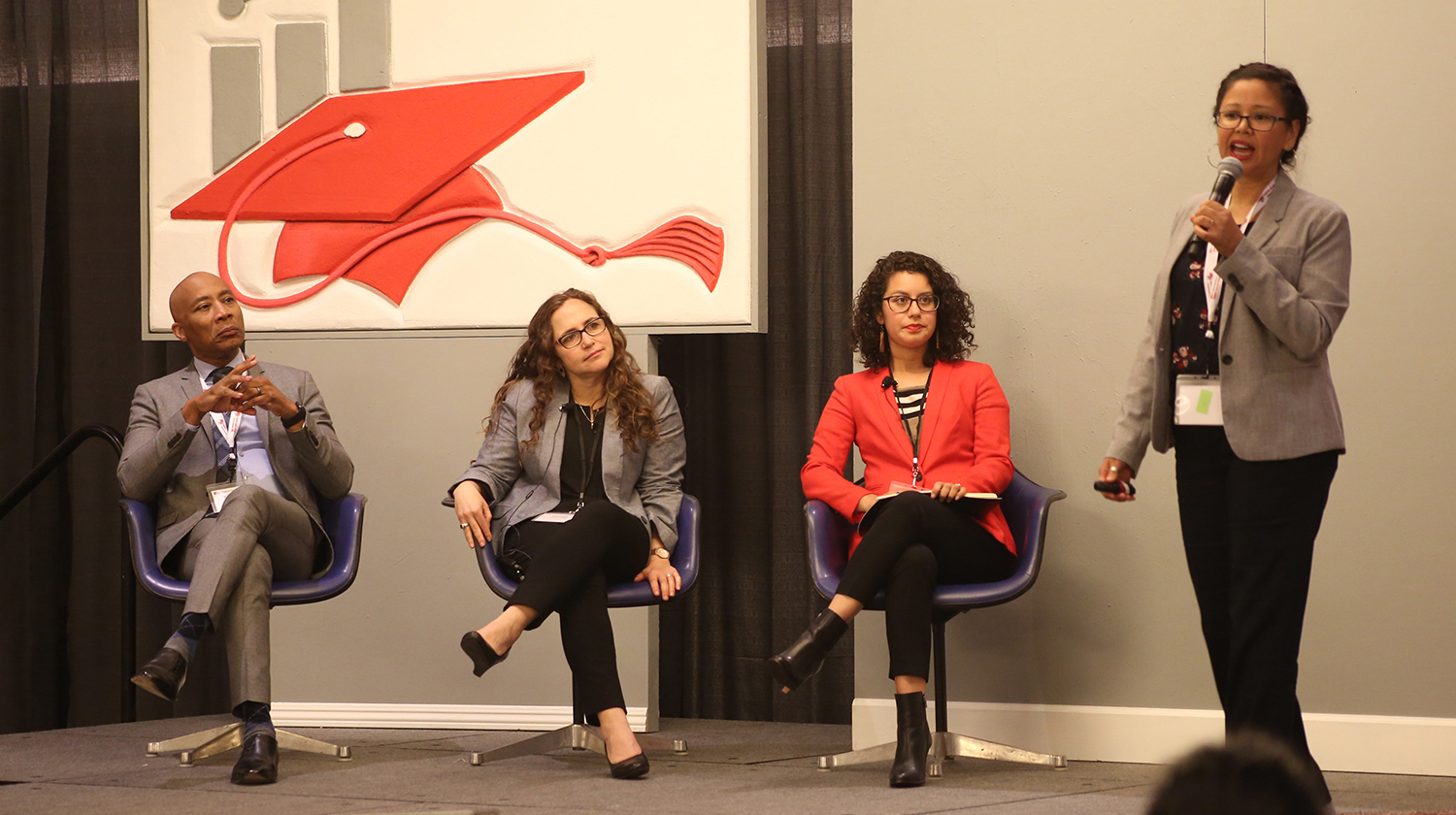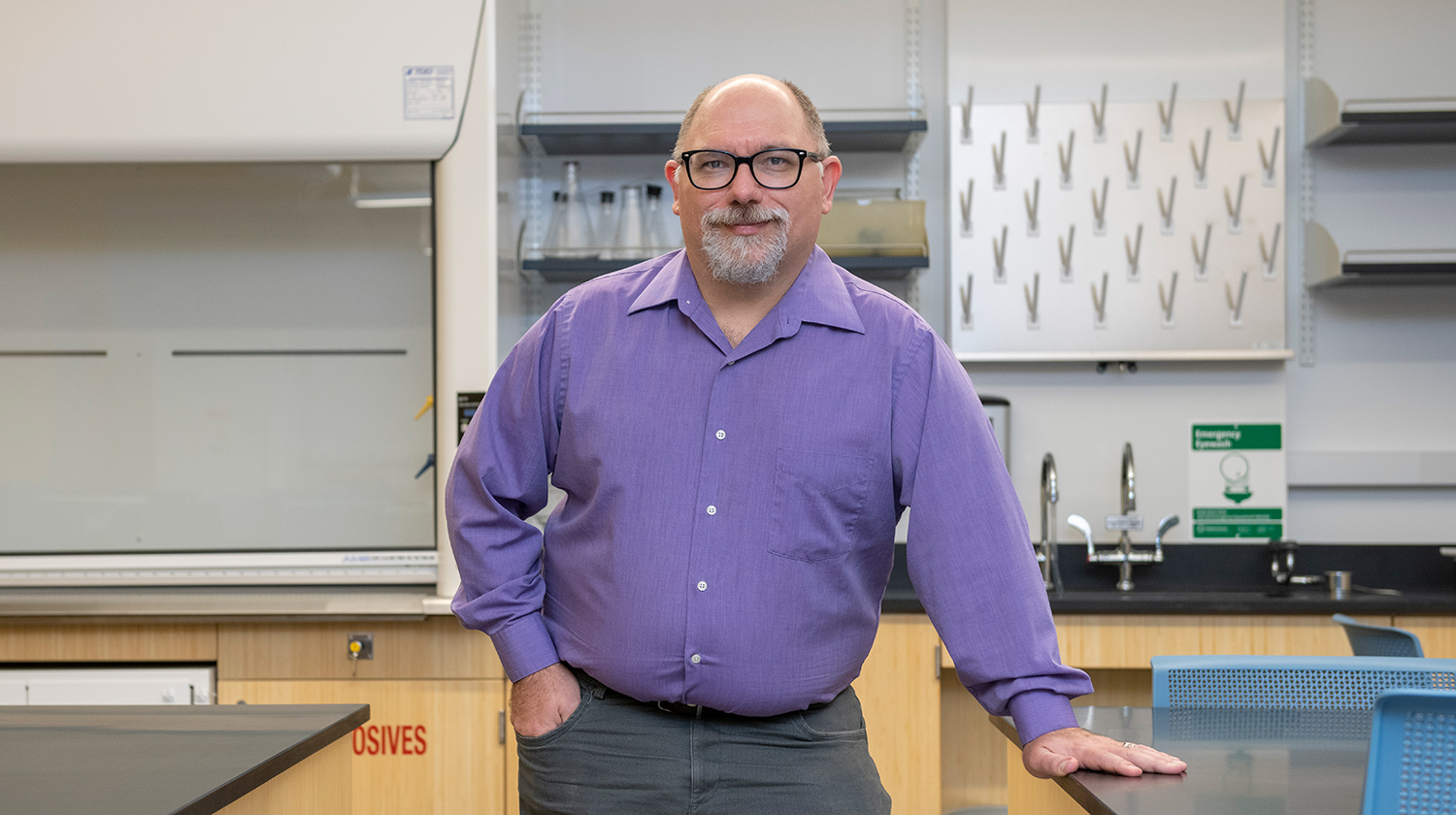
Source: Inside Higher Ed
Terry McGlynn is constantly promoting better teaching of science in American colleges and universities. A professor of biology at California State University, Dominguez Hills, and author of the blog Small Pond Science, he believes that good teaching is essential at every kind of college. But to achieve that, he thinks some of the incentives of American higher education (think of what generates raises at research universities) need to change.
He’s put his ideas together in a book, The Chicago Guide to College Science Teaching (University of Chicago Press). McGlynn answered questions about his book via email.
Q: What are the major flaws of science teaching at colleges in the U.S.?
A: A lot of us have never been trained how to teach. Doesn’t it seem fundamentally absurd that graduate students and faculty all over the country are teaching science without even having taken a single course in science teaching? We jump through an absurd number of hoops to become college faculty, yet none of those hoops is about becoming a good teacher. There are so many talented college science teachers, but shouldn’t we make it easier for people to get up to speed? Our current sink-or-swim approach is unkind to instructors and their students. Too many instructors approach their students as adversaries and emphasize student compliance rather than working to build relationships of mutual respect. If we get good training in effective teaching methods before we end up in front of a classroom, we will be more equipped to build genuine connections with our students, which is critical for learning.
Q: How much are these problems the result of a focus on research (instead of teaching) as the means for professors to win raises and promotions?
A: This perverse incentive structure is not so much about raises and promotions, but rather about staying employed and supporting the livelihoods of lab members. I think it’s why teaching is considered to be ancillary to research. Like most others, I got an indoctrination as a grad student, where I expected to provide full-time research effort for a paycheck that came from teaching undergraduate laboratories. When most of us teach, the expectation is merely that we don’t foment a line of disgruntled students outside the dean’s office. It doesn’t help that universities are measuring teaching excellence with a student satisfaction survey that consistently reveals gender and ethnicity biases. It’s possible to get through a career in university science teaching without really caring about teaching well. That said, I know so many people who are more student-centered than expected by their universities, who have made a point to learn how to be effective teachers. The incentive structure reflects the values of the community, and changing culture is a lot harder than changing rules.
Q: How should professors deal with plagiarism?
A: We need to put more effort into designing effective writing assignments that deter plagiarism. When students plagiarize, they’re not putting in the work, and as a result, they aren’t learning. So, my biggest concern about plagiarism is that it’s an indicator of teaching ineffectiveness. It turns out that the writing assignments that deter plagiarism also are more effective teaching practices, and there’s a lot that we can do in our design of writing assignments to make it easier for students to not plagiarize. Also, if a course has a substantial writing component, it’s worth our time to actually teach a lesson about how to conduct honest scholarship.
That said, no matter what we do, we will always have some degree of plagiarism. We should have unambiguous consequences specified in our syllabi and follow them, as well as meet university reporting requirements (even though this rarely happens). Beyond making sure that intentional misconduct has appropriate consequences, the most helpful response is to reflect, “How could I have designed this assignment to help more students do the work and learn more?” This might not have stopped the situation you’re dealing with, but it can help students in the future.
Q: You advocate for active learning. How is this done at large universities where many professors have large classes?
A: There are so many ways to do active learning in huge lecture halls! It’s very common to ask students to solve problems in class, to use clickers and have students work with their neighbors. You can simply ask students to discuss problem sets, or show a short reading or video, and ask students to create a concept map of the ideas. Those are all forms of active learning, and they can make a difference. Some folks have gotten the idea that “active learning” is some kind of ideal that can only exist in classrooms with round tables with fancy computer setups and time-intensive approaches to “flipping.” The reality is that most of us are already doing some form of active learning, and if we are more intentional about it in our everyday teaching, then we can make in-person lessons more impactful without worrying about labels.
Q: You raise the possibility that courses may not need exams. Why? Why might a professor prefer to keep exams?
A: I think most professors keep using exams for three reasons. 1. Exams are an extrinsic motivator to get students to study. 2. We use exams to calculate grades, which are supposed to reflect student learning. 3. Practicality. We’re used to doing things this way, and most of us teach in environments where high-stakes exams are expected.
They’re all practical motivations, but they’re not helping our students learn. While exams are a form of extrinsic motivation, there’s plenty of evidence that high-stakes testing increases stress and anxiety that disrupts the learning process, and exams do not motivate learning throughout the semester. We would do well to spend more time attempting to increase intrinsic motivation and use extrinsic motivators that are more helpful to students. While we use exam scores as a proxy for student learning, it’s also abundantly clear that student performance on high-stakes exams is typically an indicator of academic savvy more than genuine learning. Ultimately, I understand why so many of us use the two-midterms-and-a-final approach to assessment for the course grade. It handily compartmentalizes grading into a chore that we can manage a few times per semester. I think our experience with pandemic teaching has highlighted the problems with high-stakes testing and has given us an opportunity to see how students can benefit when we switch to approaches that are more effective and not necessarily more work on our part.


